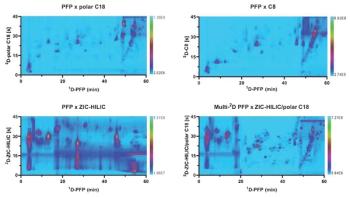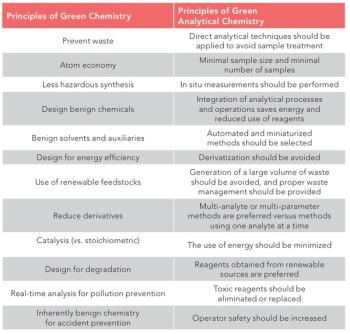
ASMS 2021 Tuesday Afternoon Session: Synthetic Polymers
The ASMS 2021 Tuesday afternoon oral session titled “Synthetic Polymers,” will be held from 2:30 to 4:30 pm in room 114.
The ASMS 2021 Tuesday afternoon oral session titled “Synthetic Polymers” will be held from 2:30 to 4:30 pm in room 114. The session, which will be chaired and presided by Chrys Wesdemiotis of the University of Akron in Akron, Ohio, includes a discussion on a variety of aspects relating to synthetic polymers.
The session will begin with a talk by Dujuan Lu of SGS Health Science about the analysis of extractables from rubber stoppers used in pharmaceutical applications.
Kristen Reese of the U.S. Food and Drug Administration (FDA) will then present a rapid, direct-MS method to identify polymers, additives, and contaminants in food contact materials.
The third talk, by Yadwinder Sigh Mann of the University of the Pacific, will address enhanced sequence coverage in peptoids with the addition of Li and Na metal ions.
Addie Keating-Zaid will then discuss a solvent-free technique for studying the structure, bonding, and reactions of chlorophosphazenes, a class of inorganic polymers, used widely in fire-resistant chemicals, fuel cells, and semiconductor materials, which consist of highly reactive repeat units.
The session will wrap up with a roundtable discussion about synthetic polymers, from 4:10 to 4:30 pm.
Newsletter
Join the global community of analytical scientists who trust LCGC for insights on the latest techniques, trends, and expert solutions in chromatography.




